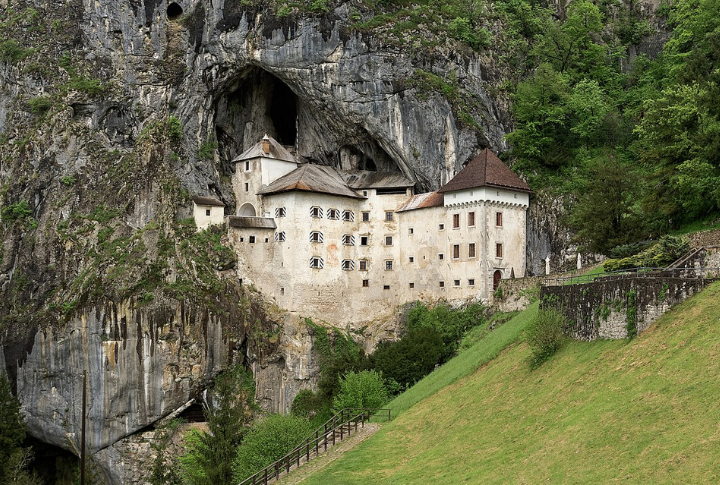
Predjama is a Renaissance-era fortress unlike any other, built at the entrance of a cave. Traced back to the 13th century, this medieval marvel is located in the historical region of Carniola in Slovenia. It has fascinated visitors with its ingenious design for years, so here is everything you need to know about it.
An Architectural Masterpiece

Predjama Castle appears to erupt from the face of a cliff, suspended between rocks in mid-air. This remarkable structure is not just beside a cave but built into its mouth. In a time when Roman architecture was dominant, Predjama remained an example of Gothic architecture merged with nature until it was rebuilt in Renaissance-style architecture in 1570.
Protected By The Cave
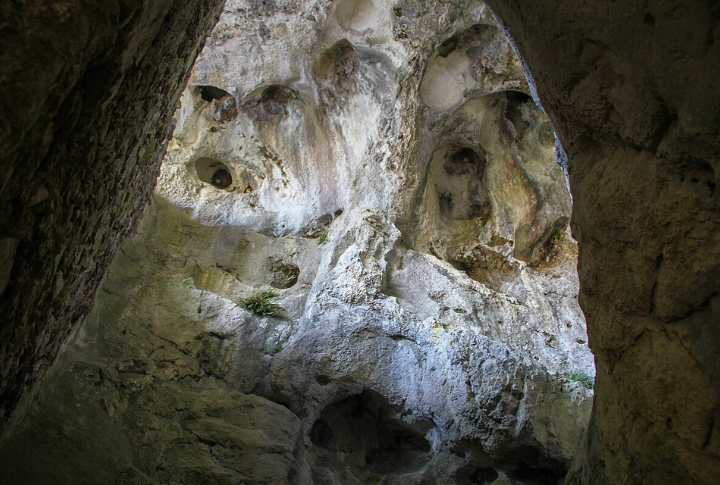
The castle’s location served as a tactical advantage. Protected by the cliff on one side and its surrounding rock formations acted as a shield. This gave defenders a higher elevation and an upper hand without engaging in battle, making invasions and sieges extremely difficult. In the war between Hungarians and Austrians, this castle played an important role.
A Knight’s Bold Rebellion
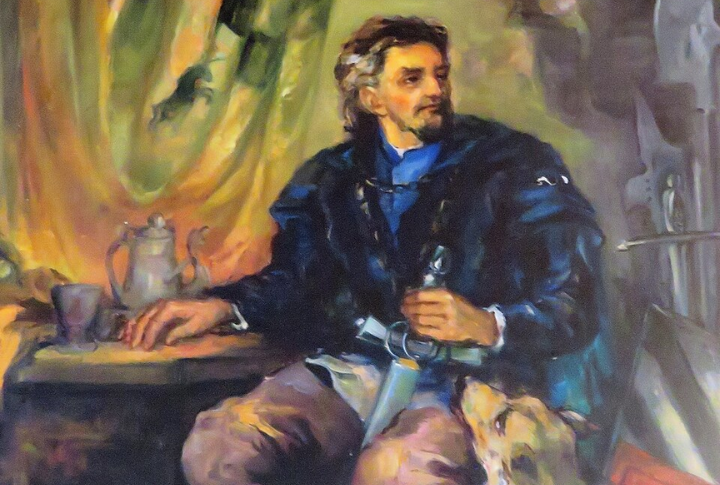
Erazem Lueger was not just a nobleman. He was also a rebel. After defying the invasion of Habsburgs led by Emperor Frederick III while taking refuge in Predjama, he became a Slovenian Robin Hood legend. His stories of defiance continue to live on in the fortress’ walls and cave hollows.
The Tunnel No One Knew About
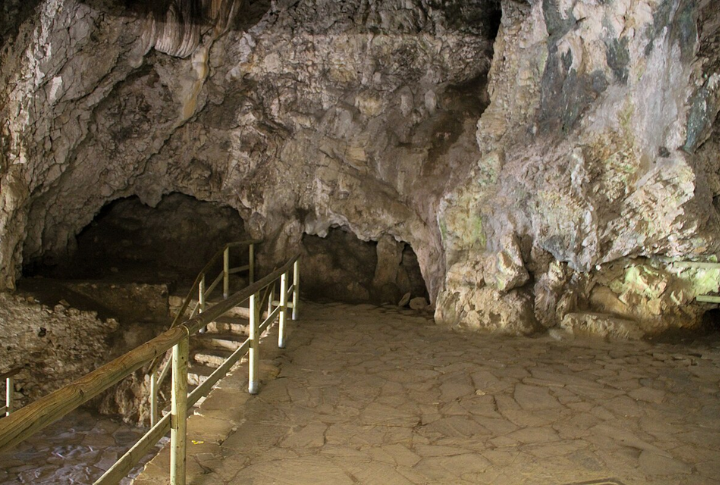
When enemies besieged the castle, they believed Erazem Lueger was starving. However, there exists a four-level tunnel system that winds under the mountain, once used to store food and hide people. This hidden escape route helped Erazem withstand a siege for over a year. Few castles can claim such a subterranean life beyond their foundation stones.
Built With Purpose
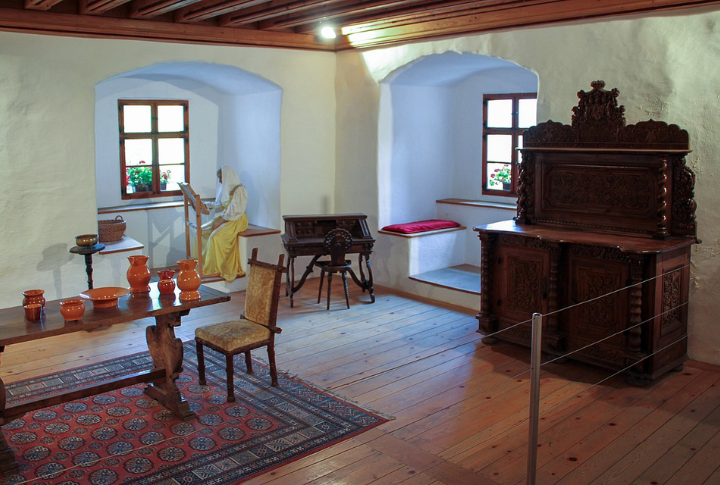
The original design of the castle was meticulously thought of, and built-in levels, each with a designated use. The floor plan had designated defense infrastructure at the top, living quarters in the middle, and food storage below. This vertical blueprint was efficient and adapted perfectly to the cliffside constraints.
Where The Walls Drip

Inside the dungeon of Predjama Castle, you will hear the sound of water dripping endlessly against the cold stone surface. Built into a karst cave, the walls of the cave are primarily made of limestone. They have natural moisture by absorbing the rainwater that seeps through the porous rocks that have been shaped over centuries.
Karst Kingdom Below

The castle doesn’t stand alone. A feature of karst caves, The castle sits on top of a vast system of geological formations shaped by the dissolution of soluble rocks. Underground rivers and caverns stretch for miles, creating sinkholes and springs. This natural foundation tells the geological story of the land beneath this Slovenian castle.
Bats Of The Fortress

Every summer, visitors can witness a colony of bats emerging from the cave beneath the castle after hibernation. This cave is part of the Postojna Cave Park and is famous for the lesser horseshoe bats that dwell here. These bats are protected in Slovenia and included in the Red List of Threatened Species.
On The Screen

Predjama’s cinematic charm, with its dramatic exterior and myth-laced past, has drawn filmmakers from around the world. The castle has been used as a backdrop for numerous feature productions, like Netflix’s “The Witcher” and even “Armor of God,” starring Jackie Chan. The video game Counter-Strike: Global Offensive also featured a map based on the castle.
Winds That Whisper

Visitors feel an eerie chill carried on by winds inside the castle. The cave underneath creates a funnel that generates unique wind patterns and localized airflow. These drafts naturally cool down the castle during the summers, creating eddies of wind, which sometimes gives the visitors a feeling that they may not be alone in the cave after all.
A Record-Breaking Wonder

The magnificence of Predjama Castle was solidified when it entered the Guinness Book of Records for being the biggest castle in the world built into a cave. This is not just trivia but a monument to the unmatched combination of natural terrain and human construction on display in this Slovenian marvel.
Harvesting The Sky

Clever architectural design and engineering allowed the castle to collect rainwater from the cliff and cave above. During invasions and sieges, this self-sustaining system was key for the survival of its residents. In a fortress so exposed, water flows from unexpected places right into the springs and streams that run beneath the castle.
The Castle’s Acoustics
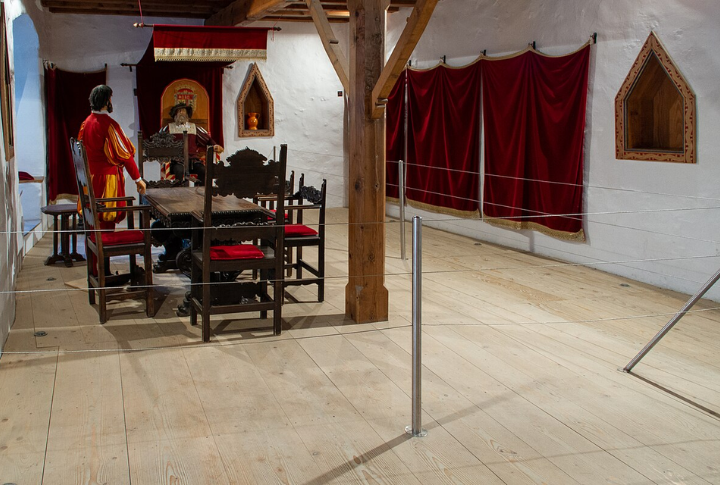
In the rooms and halls of the castle, different sounds can be heard. Whispers and footsteps from different parts of the castle are carried and can be heard louder than they should because of the distance. These acoustics are shaped by cave formations and irregular chambers to give Predjama its own eerie language that is spoken in echoes.
A Place For The Brave

Locals in nearby villages often tell tales of ghosts of Erazem Lueger still roaming in and around the castle. Paranormal investigators have reported strange lights and sounds. Stories about the castle being tormented by the souls of the peasants who suffered during medieval atrocities add to Predjama’s haunted reputation and draw thrill-seekers and skeptics alike.
Annual Events And Fairs
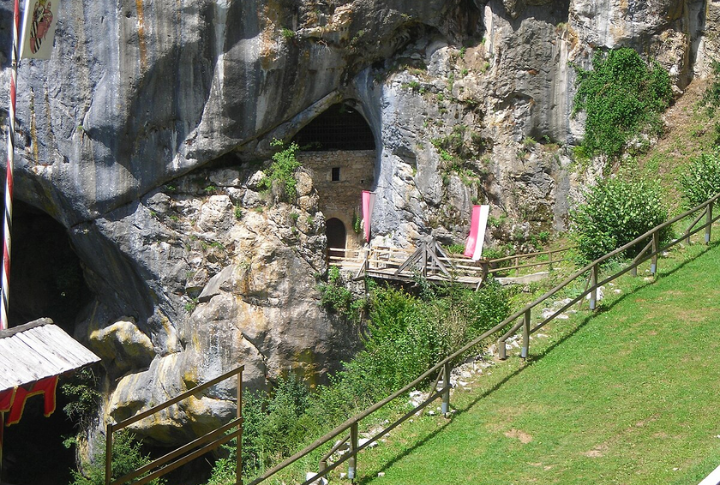
During the summer months, the castle grounds host a fair set in the 16th century known as the Eramzem Medieval Tournament. Swordfights and archery contests revive the glory days, while costumed performances and re-enactments immerse the visitors in the experience. The history, with all its pageantry, lets visitors taste life as it once echoed through these cliffs.
Passed From Hand To Hand
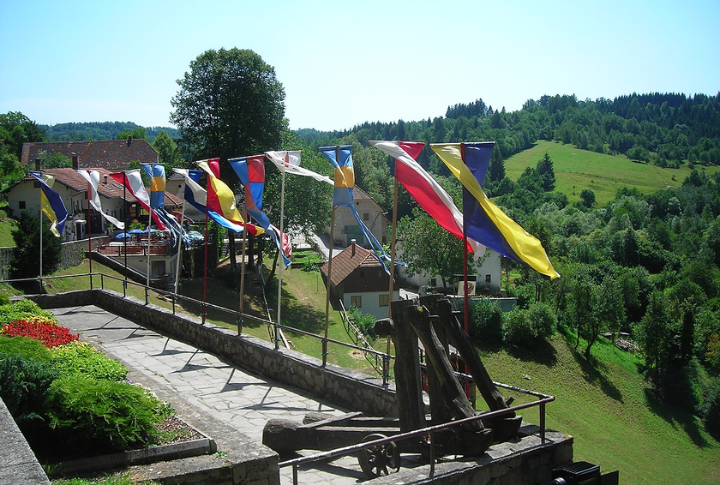
The occupation of Predjama has shifted from family to family throughout history. The castle was initially built by the Patriarch of Aquileia and was acquired by the Luegg noble family. Since then, ownership of the castle has changed many hands, including that of Austrian dukes and Erazem of Luegg. Each left its mark through architectural and structural changes during their time.
Echoes From Prehistory
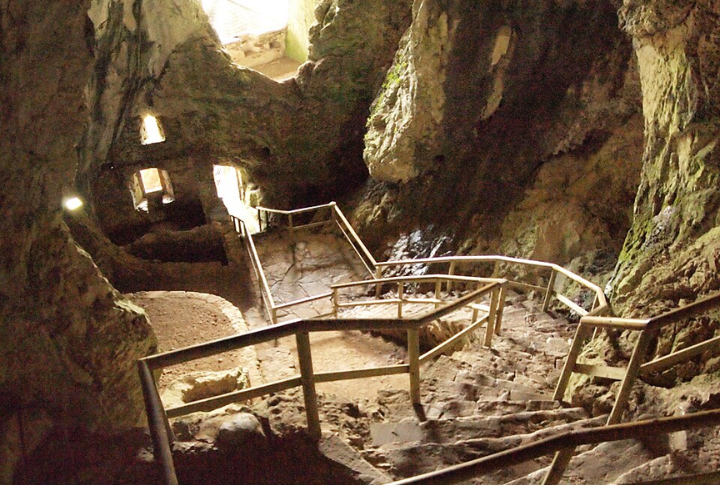
Long before the castle was built and became an architectural and historical landmark, the cave beneath Predjama was home to prehistoric humans. Archaeologists have discovered flint tools and fossilized animal bones in the cave, which shows that the habitation in these caves goes back to the Stone Age.
Faith Behind Stone Walls

Among the armories and the torture chamber lies a tiny chapel built into the upper chamber of the castle that served as a spiritual refuge in times of war and sieges, Representing a religious angle to the history and architecture of the castle, this chapel is a major attraction for visitors with its beautiful frescoes and murals.
Preserved In Time
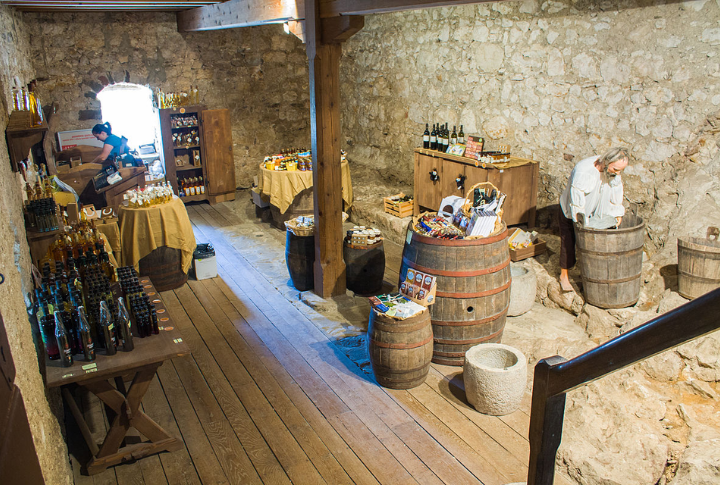
Remarkably, the castle’s design has remained virtually unchanged since its Renaissance rebuild in the 1570s. Certain parts of the castle have been restored, but no changes have been made to its structure. Walking through it today is like stepping into its unfiltered and unmodernized past, which has resisted time to maintain its glorious beauty.
Plan A Trip To The Past
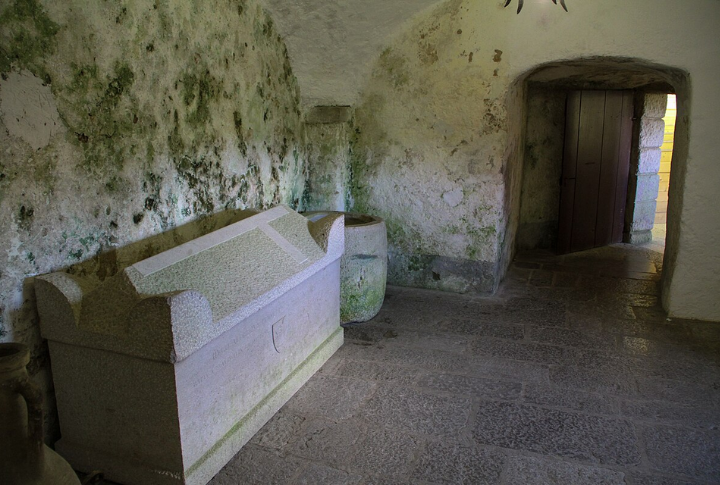
To give an insight into its history, the Predjama Castle now houses an interactive museum within its walls. Known as the Stara Dama Museum, it allows visitors to explore rooms furnished with medieval weapons, religious icons, and daily tools. The castle tells a story of its own and invites visitors to walk through it, one creaking floorboard at a time.

